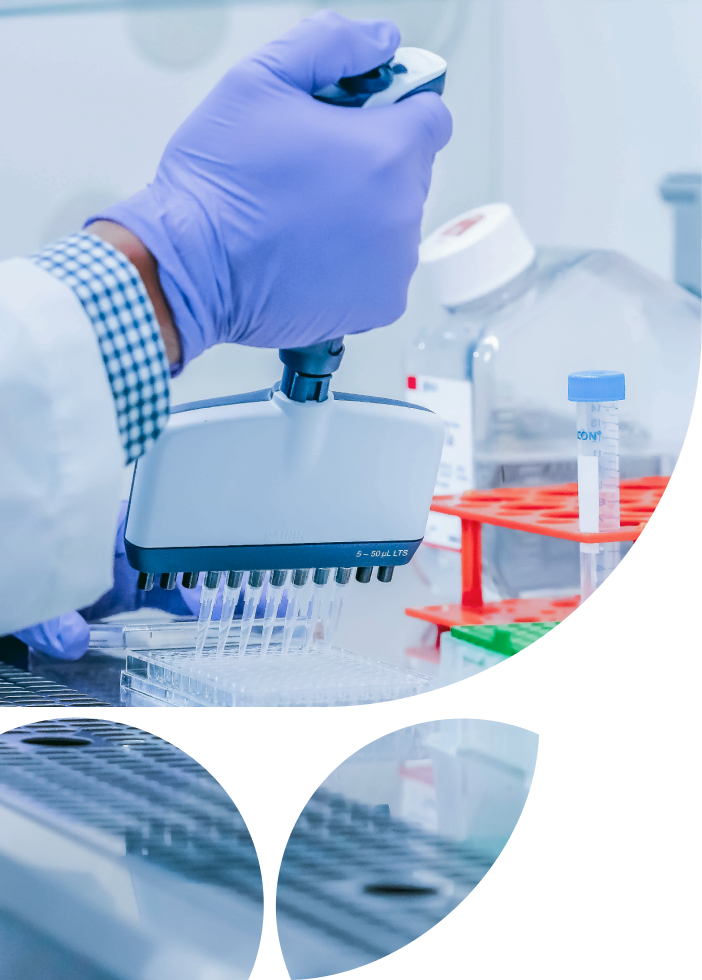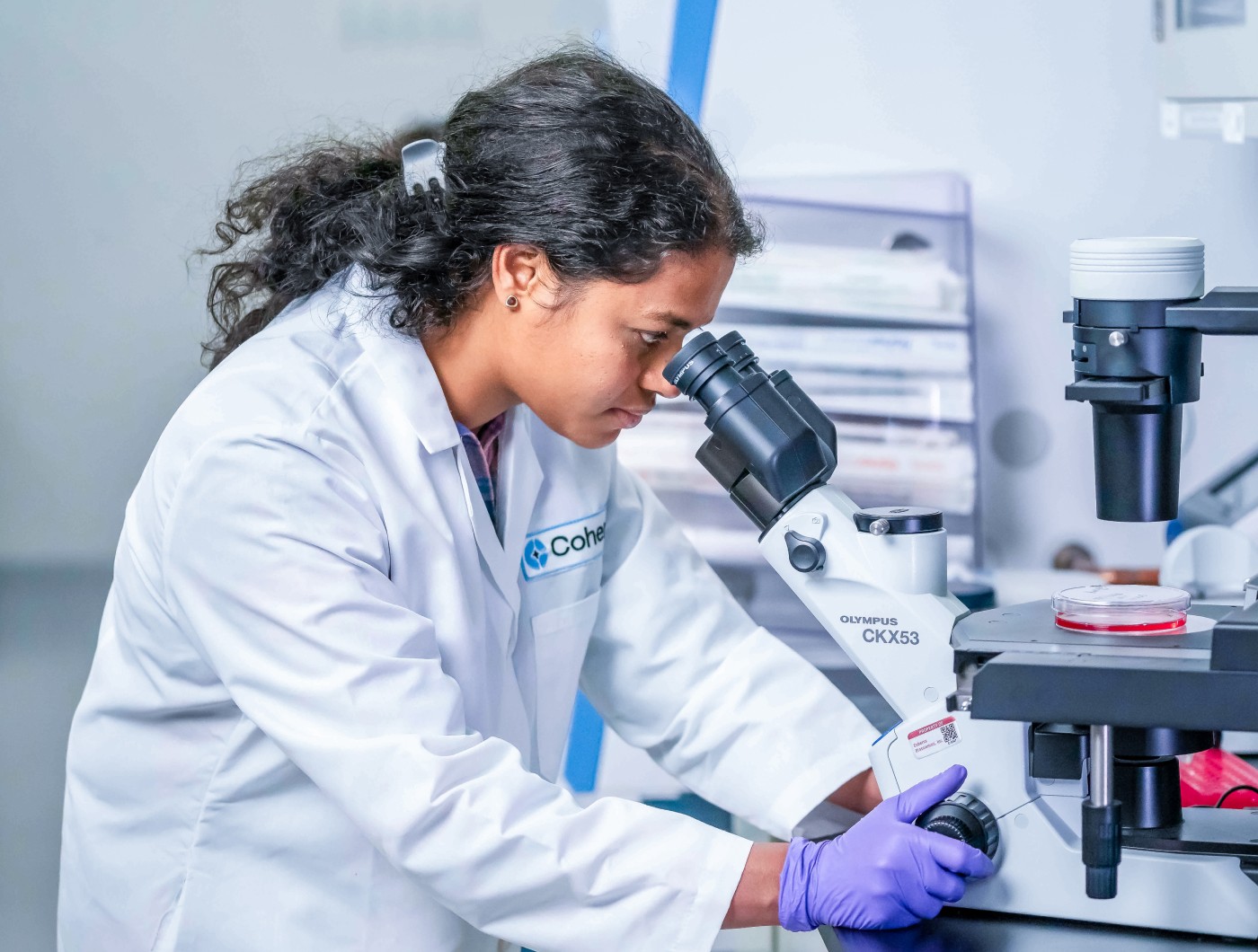Oncology Therapeutics
We aim to set new standards of cancer care with our portfolio of oncology therapies.
Coherus Oncology is building a leading oncology company backed by in-house expertise and an established commercial infrastructure. We currently have one FDA-approved cancer medicine, LOQTORZI® (toripalimab-tpzi), and we are passionate about developing and commercializing our pipeline of novel, next-generation immuno-oncology treatments that can extend patient survival across tumor types.
The foundation of our immuno-oncology franchise is built upon LOQTORZI, a next-generation PD-1 inhibitor. LOQTORZI is the only available FDA-approved treatment indicated in combination with chemotherapy for recurrent or metastatic nasopharyngeal carcinoma (NPC), and it is in development for the treatment of additional tumor types with the goal of being the PD-1/ICI backbone of future treatment combinations that may extend survival for patients.

We believe improvement in overall survival must come from novel combinations that more broadly target the immune system and particularly mechanisms of PD-1 resistance.
Coherus Oncology’s immuno-oncology pipeline includes multiple candidates with differentiated mechanisms targeting the tumor microenvironment that can be used to develop next-generation treatment combinations. Our antibody immunotherapy candidates are focused on enhancing the innate and adaptive immune responses to enable a robust immunologic response and enhance outcomes for patients with cancer. Casdozokitug is a novel anti-IL-27 antibody currently being evaluated in a randomized Phase 2 clinical trial in liver cancer and a Phase 1/2 study in lung cancer. CHS-114 is a highly selective anti-CCR8 cytolytic antibody currently in Phase 1b studies in combination with toripalimab in patients with second-line head and neck cancer and second-line gastric cancer.
With our immuno-oncology pipeline, we are focusing development efforts on delivering breakthrough survival benefits for cancer patients, beyond the efficacy with existing chemotherapy plus checkpoint inhibitor regimens.
We have multiple novel immuno-oncology programs currently in our development pipeline.
